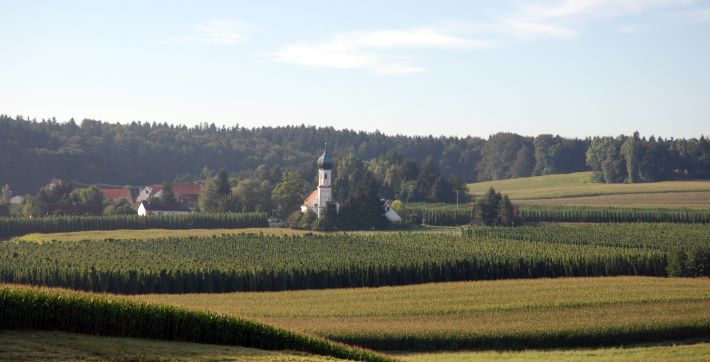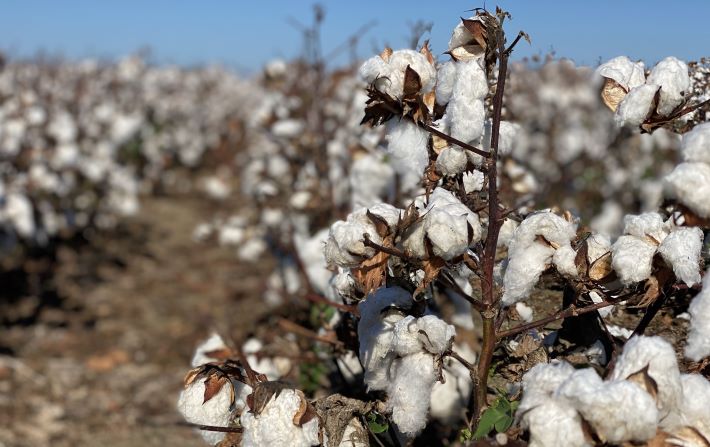Learn to Homebrew Day is next Saturday (Nov. 4). The nationwide celebration aims to “demystify the art of homebrewing and provide valuable resources.” The American Homebrewers Association has all the details as well as two SMaSH beer recipes.
In that spirit, I’ll post recipes here the next four days, one from each of the books I wrote for Brewers Publications. The first comes from the first of those four, Brew Like a Monk.
Lost Abbey co-founder Tomme Arthur, who was at Pizza Port Solano Beach when BLAM was released, contributed this recipe for a Belgian-style dubbel.
“The depth of a great abbey beer lies in a malt sweetness, combined with an alcoholic warmth and yeast finish,” he said at the time. “All of these make a rounded product that can be consumed in greater quantities. The key to a great beer, no matter the style, is the role yeast plays in development of flavors — in lager beer, smooth crisp flavors; in Belgian styles, a wider palate of flavors but homogenized so no one completely dominates the beer.”
The malt bill leans in to that. “(It) is very complex and has specific requirements and components,” he said. When I think of these beers, I think of rich, toasted caramel with a fruity essence, and rocky head. These beers are magical in their complexity. My personal preference is to brew this type of beer without the use of chcolate (malt), as I find it more often than not is used at too high a level. Most dubbels are rich in both aroma and flavor . . . This complex grain bill with many aromatic malts ensures a killer aroma and satisfying beer.”
Original Gravity: 1.067 (16.4 °P)
Final Gravity: 1.014 (3.6 °P)
Alcohol by Volume: 6.9%
IBU: 15
Grist Bill:
Belgian Pilsener malt 58.8%
Wheat malt 8.4%
Belgian aromatic malt 6.7%
Belgian or German Munich malt 4.2%
CaraMunich 3.4%
Gambrinus Honey malt (substitute-CaraVienna) 3.4%
Belgian Special B 3.4%
Belgian Biscuit 3.4%
Dark candi sugar/syrup 8.4%
Raisins (end of boil), comparable to 4 ounces for a 5-gallon batch (113 grams for 19 liters)
Hops:
Styrian Goldings, 90 minutes (11 IBU)
Liberty, 60 minutes (4 IBU)
Mash: 152°F (67°C)
Boil: 90 minutes
Yeast: White Labs WLP500
Fermentation: Start at 64°F (18°C) and let it free rise, 5-7 days
Secondary: Cold condition for 2 weeks






